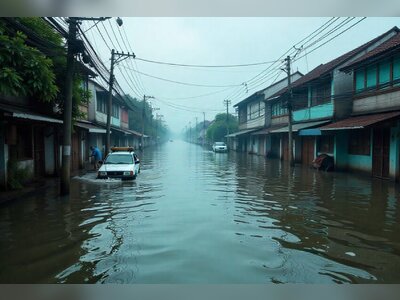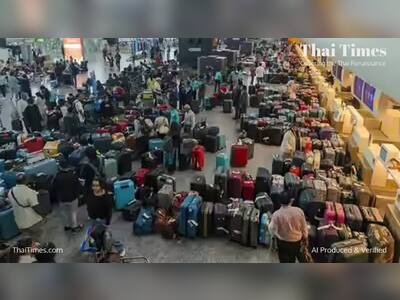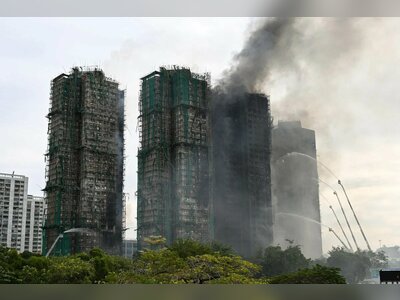Thai Hotels Navigate Pricing Dilemma as Tourism Swings from High to Low Season
Following a surge in room rates during Thailand’s recent tourism high season, hoteliers now face the challenge of adjusting to weaker demand in the low season without reigniting destructive price wars.
According to Thienprasit Chaiyapatranun, president of the Thai Hotels Association (THA), average room rates in March 2025 rose 8% year-on-year to $157. Thailand’s occupancy rate also climbed to 72%, signaling robust demand, though concerns linger over rising regional competition—particularly from Vietnam, where room rates averaged $129 and occupancy hit 60%.
Thailand was the second-highest in Southeast Asia for average hotel rates during the high season last year but dropped to third place during the low season, trailing Singapore and Indonesia. With rates now averaging around $100 per night, hoteliers hope complaints about overpriced rooms will fade—but they worry that plummeting demand could lead to aggressive price cuts.
In Phuket, room rates for five-star hotels soared to 10,000 baht, with private pool villas hitting 25,000–30,000 baht per night during the high season. But prices are now easing, with five-star rates dropping to 5,000–6,000 baht, and four-star options down to 2,500–3,000 baht.
Suksit Suvunditkul, president of the THA’s southern chapter, acknowledged that prices were indeed raised, especially by luxury and four-star properties. However, he emphasized that rising operational costs—from labor wages to electricity—left hoteliers with little choice.
“Phuket has the country’s highest minimum wage, now up to 400 baht per day. Costs have risen for years, while room rates had stayed flat,” he said.
Hoteliers on the island are treading carefully. While lowering prices could attract guests, many operators have learned the hard way that price wars damage long-term viability and hurt overall brand value. With Phuket’s limited capacity—capped at around 14 million foreign tourists per year—volume-driven models are increasingly seen as unsustainable.
A shift is already visible. Chinese arrivals have sharply declined, with only 196,880 Chinese tourists visiting in Q1, far behind 429,254 Russians. As of late April, even India and the UK had overtaken China as top source markets.
"Phuket can’t rely on one dominant market or mass tourism anymore," said Suksit. “Operators are focusing on attracting a diverse, quality-driven mix of travelers.”
Despite a dip in occupancy from 82% to 76% year-on-year in March, Phuket hoteliers improved their average daily rates by 10 percentage points in Q1—an early sign that resisting price wars might be the smarter move for long-term profitability.











